Features of the lemon tree and its cultivation

Growing and caring for a lemon tree is not only a very interesting process from the point of view of gardening, but also an excellent opportunity to get useful vitamins and minerals at home. Before you start practicing this culture, you need to learn about the existing features of the plant.
general description
The lemon tree is a short-growing evergreen that is a perennial. The strong and hard branches of the crop are almost always covered with small thorns to protect against pests and various organisms. Young shoots look quite decorative, differing in purple and purple hues.
The green leaf plates are characterized by a leathery structure and an oval-oblong shape. On the main edge of the foliage, there are small teeth and additional glands from which the essential oil is produced.
At home, the plant blooms beautifully, which allows you to use it as a decoration.
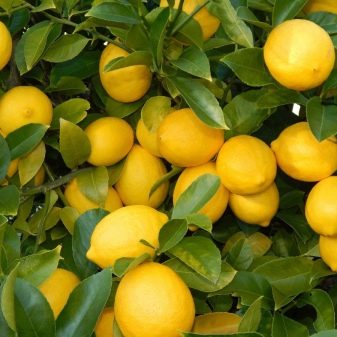
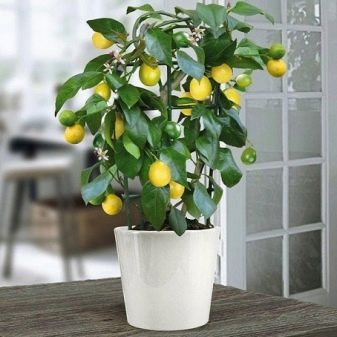
Popular varieties
For growing plants in indoor conditions, low-growing varieties of lemon trees are usually chosen. Varietal species differ among themselves in the size and shape of the foliage, the size of the trunk, the taste and visual properties of the fruit, as well as the peculiarities of growth.
The most popular varieties of the lemon tree.
- Panderosa. It is characterized by unpretentiousness to external conditions, which is why the variety can quite easily tolerate high temperature conditions and lack of moisture. The height of an adult bush is from 160 to 190 cm. Lemons are distinguished by an oval or round shape with a thick and rough skin of a bright yellow color. It is an early maturing species.
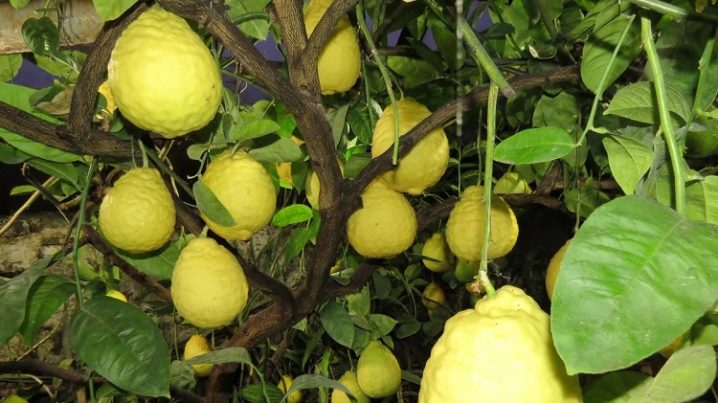
- Chinese dwarf. A distinctive feature of the variety is its high yield. The height of the tree is from 100 to 150 cm, which is why this variety has gained wide popularity in indoor growing. It has a lush foliage that looks like a ball. It differs from other species in a large number of small spines. Average weight of fruits is 140 g. Lemons are characterized by thin and light skin, pulp with pronounced acidity.
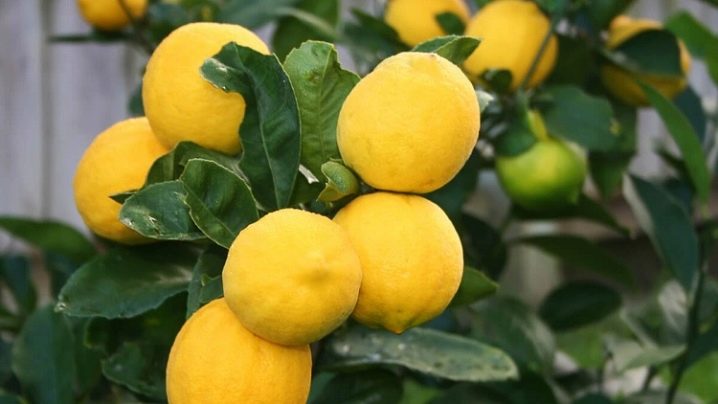
- Novogruzinsky. The tree is medium in size, reaching 2 m in height. A small number of small thorns can be found on the crown. The shape of the fruit is round or elliptical, depending on external conditions. The mass of lemons is 150-160 g. They are covered with a thin skin with a glossy structure, the flesh is quite juicy. The variety is capable of producing 200-300 fruits every year.
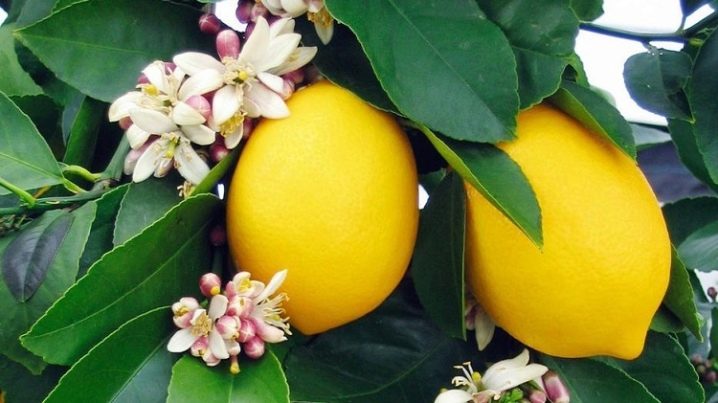
- Lisbon. A small tree, the height of which varies from 120 to 160 cm. The weight of the oval fruits is 500 g, they differ in the ribbed structure of the rind. The pulp gives off a slight sourness. This variety quickly adapts to a new place, therefore it can be effectively grown at home.
In addition to the varieties described above, varieties such as Lunario, Kurskiy, Irkutskiy, Pavlovskiy and many others can be used for indoor cultivation.

Landing
The first place to start when considering planting a lemon tree is choosing the right pot. Wide containers with drainage holes are best suited for this plant. Since the root system of the tree grows rather quickly, it is necessary to retreat about 4 cm from the outer sides of the pot when planting. Ordinary potting soil is suitable for efficient home growing. In addition to specialized soil mixtures, you can make a home version of the composition of the earth. To do this, you need to take deciduous and woody soil, sand and humus. These ingredients are mixed in a proportional ratio of 1: 9: 2: 3.
Many experts recommend planting a lemon tree where there are no drafts or heating systems. The presence of diffused light is also important for the plant. The tree does not tolerate direct sunlight. In the winter season, a special phytolamp should be used, which will provide the crown with the necessary amount of light. A comfortable moisture index for an exotic tree is 60%.
In order for the growth to be effective and of high quality, it is recommended to purchase special devices for measuring indoor moisture. If necessary, you can install a small humidifier.
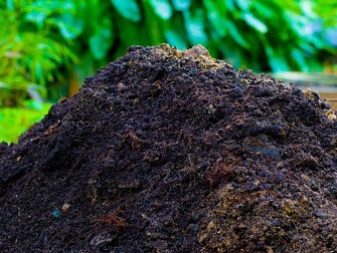

Care
Despite the fact that growing a lemon at home is a simple task, since a plant is not considered capricious, effective cultivation of a crop is observed only if all recommendations and rules for care are followed. A novice gardener needs to know how to properly transplant, pinch or find a place on the windowsill.
As practice shows, caring for a lemon tree is easy. The plant can quickly germinate both in the summer cottage and in a pot. Most of the existing species mature quickly. The main thing is to transplant the lemon to a new place in a timely manner, pollinate and carefully watch how it grows.
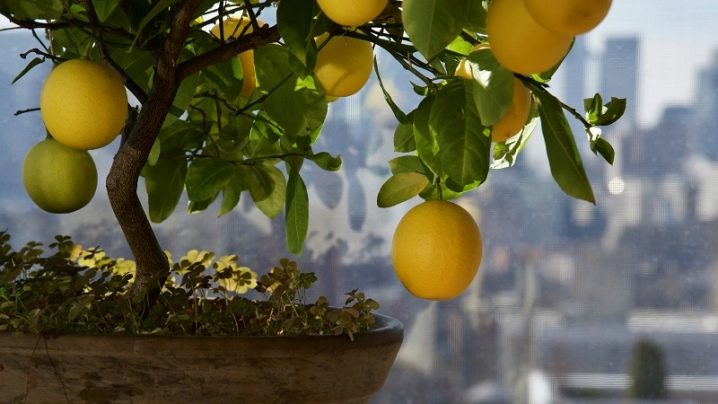
Watering
Homemade lemon trees are usually heavily watered every day from mid-May to early fall. At any other time, the moistening of the soil mixture must be carried out once every several days, depending on the germination method and the varietal variety of the culture. In the process of watering, the soil should be well saturated with moisture, while the next moistening occurs with a slight drying out of the soil.
For irrigation, it is recommended to use water that has previously settled for 1-2 days. Alternatively, you can also pass the liquid through a conventional filter. In the process of moistening the soil, it is especially important to ensure that there is no stagnant water in it. Otherwise, the root system of the plant will often suffer from various diseases, and it will need a transplant.

Top dressing
In order for a lemon tree to bear fruit, it must be systematically fed. Experts recommend using complex fertilizers on a mineral basis, which are applied once every 2 months in the case of a young tree. If the bush is old enough, the amount of fertilizer increases - once every 20-25 days, depending on the varietal variety. For fruiting, it is especially important to moisten the soil mixture with ordinary water, which must be defended for several days. This process is carried out 2-3 hours before the main feeding. The amount of fertilizer is usually reduced in mid-October. In the case when the tree is characterized by active growth in winter, feeding should be done much less often. If the plant is dormant, soil fertilizers are not introduced at all.
From organic fertilizers for lemon trees, it is recommended to use an ash extractor, which is pre-infused with manure. Before introducing the mixture into the soil, it must be mixed with clean water in a proportional ratio of 1 to 6. As organic matter, tinctures from quinoa or ordinary birch are also excellent. Organic dressings are applied in the same way as the mineral type.
If a lemon tree has a lack of fruiting with a sufficiently voluminous bark, it is necessary to urgently replace the fertilizer used, or refuse feeding for several days.In this case, it is also recommended to use mineral complexes with a large amount of phosphorus and a minimum nitrogen content.
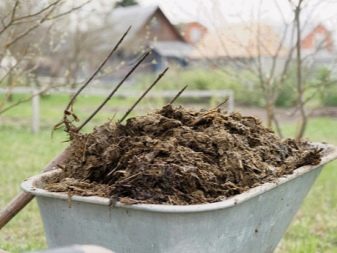
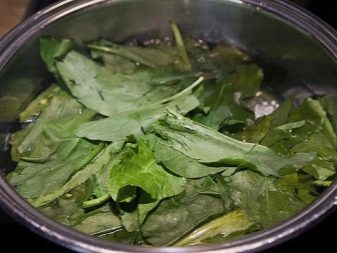
Pruning
To achieve fast and high-quality crown formation, you need to know how to properly prune a lemon tree. If the main purpose of the plant is decorativeness, pruning is carried out according to the same technology, however, in the case when it is necessary to get tasty and fragrant fruits - on the other. The formation of the crown of a fruiting culture is characterized by cutting off only a few branches, which are not the main ones. And also it is necessary to leave shoots that are distinguished by active growth. The vast majority of shoots should be fertile, as indicated by thickness and other visual characteristics.
In order to make the crown more compact and increase the decorative properties of the plant, the lemon tree is usually pruned using the pinching method. After the first shoot has reached a length of 20-25 cm, it must be pinched. After a while, this action is repeated - approximately 15-20 cm from the first pinch. Between the nips, it is imperative to leave 4-5 developed buds, from which the main stems then appear, growing in different directions. If the stem bases sprout in the same plane, the pinching is done incorrectly.
After the shoots from the pinching have ripened, they must be quickly cut off. To do this, step back about 50 mm down from the original place. Experts also note that each of the stems should be 50-60 mm longer than the next. The end of crown formation is pinching and further pruning of 4 subsequent shoots. If pruning is not carried out in a timely manner, the lemon tree often grows too long branches, which not only interfere with the decorative characteristics, but also reduce the quality of the fruit. The plant is pruned not only in order to form the main crown, but also for preventive measures. In this case, any weakened branches are removed.
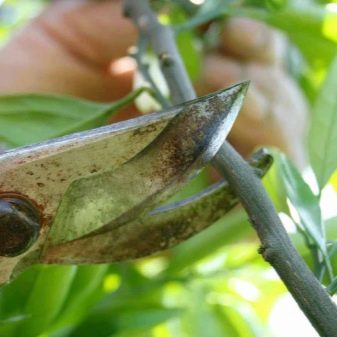
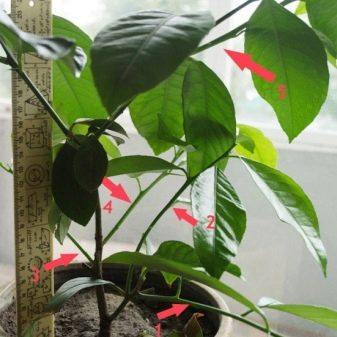
Reproduction
The simplest and most convenient method for propagating a lemon tree is by cuttings - small pieces of the main shoot, the length of which varies from 8 to 10 cm. For propagation, cuttings are usually taken from healthy and strong plants. A cut of wild tropical shoots will take too long to germinate. Cuttings are always cut with a secateurs or a sharpened knife. Regardless of the varietal variety, the lower cut should be oblique, the upper cut should be straight, which is carried out 5-8 mm higher from the last bud. In order to prevent the cuttings from starting to rot in the ground and spoil the root system, the lower leaves must be removed. It will also reduce moisture loss and increase the rooting rate. Directly sections are always processed using "Heteroauxin" or potassium permanganate for 8-12 hours. Lemon tree cuttings are best rooted in oversized and single pots, which range in diameter from 10 to 12 cm, depending on the variety. A thin drainage layer is always laid on the bottom of the vessel, mainly consisting of small stones. On top, it is recommended to add steamed sand in a layer of 2-4 cm.
Unlike the seedless method without grafting, for effective and fast cuttings, it is necessary to choose a light, non-acidic and friable substrate that is water permeable. Before planting a lemon tree, make a small hole 2-3 cm deep in the central part of the pot. It is in it that the stalk is planted, the lower end of which should be lightly powdered with ash. Then the soil is lightly compacted with your fingers and additionally moistened using a spray bottle. To ensure the most comfortable conditions for the cutting and maintain effective air humidity, cover the cutting with a glass jar or plastic bag.A homemade greenhouse should be ventilated and sprayed from time to time. The average rooting time is 25 to 30 days. Some varietal varieties can take much longer to root, as indicated by the characteristics of the root system.
As young cuttings grow, they must be tempered in a timely manner and accustomed to room temperature. In most cases, the harvest is observed after 2-3 years.
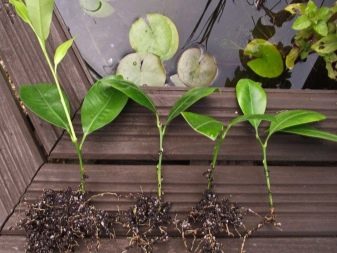

Diseases and pests
The lemon tree is often attacked by pests such as scale insects, aphids, and mealybugs. To get rid of annoying insects, you need to use a strong infusion of garlic. To prepare an effective tincture, you should take 200-230 g of finely chopped garlic cloves and insist them in 1.5 liters of water for 5 days. Next, the tincture should be filtered and diluted with clean water.
Spraying takes place using a spray bottle. With a large number of pests, the tincture will not help; in this case, insecticidal agents should be used. If the lemon turns yellow quickly, increase the humidity and change the watering schedule. In the event that the foliage falls off, the lighting should be revised, and if it dries, add a small amount of mineral fertilizers.


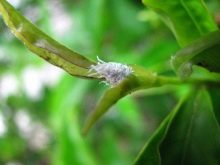


























The comment was sent successfully.